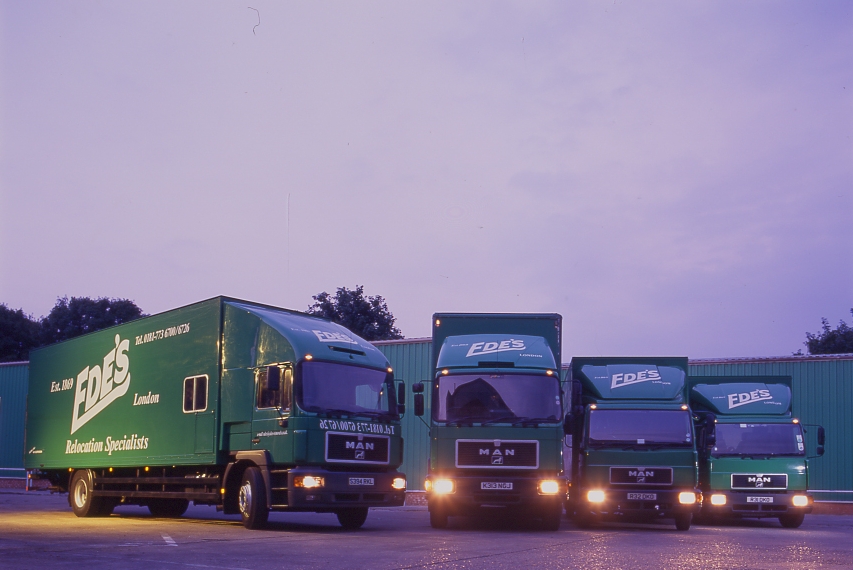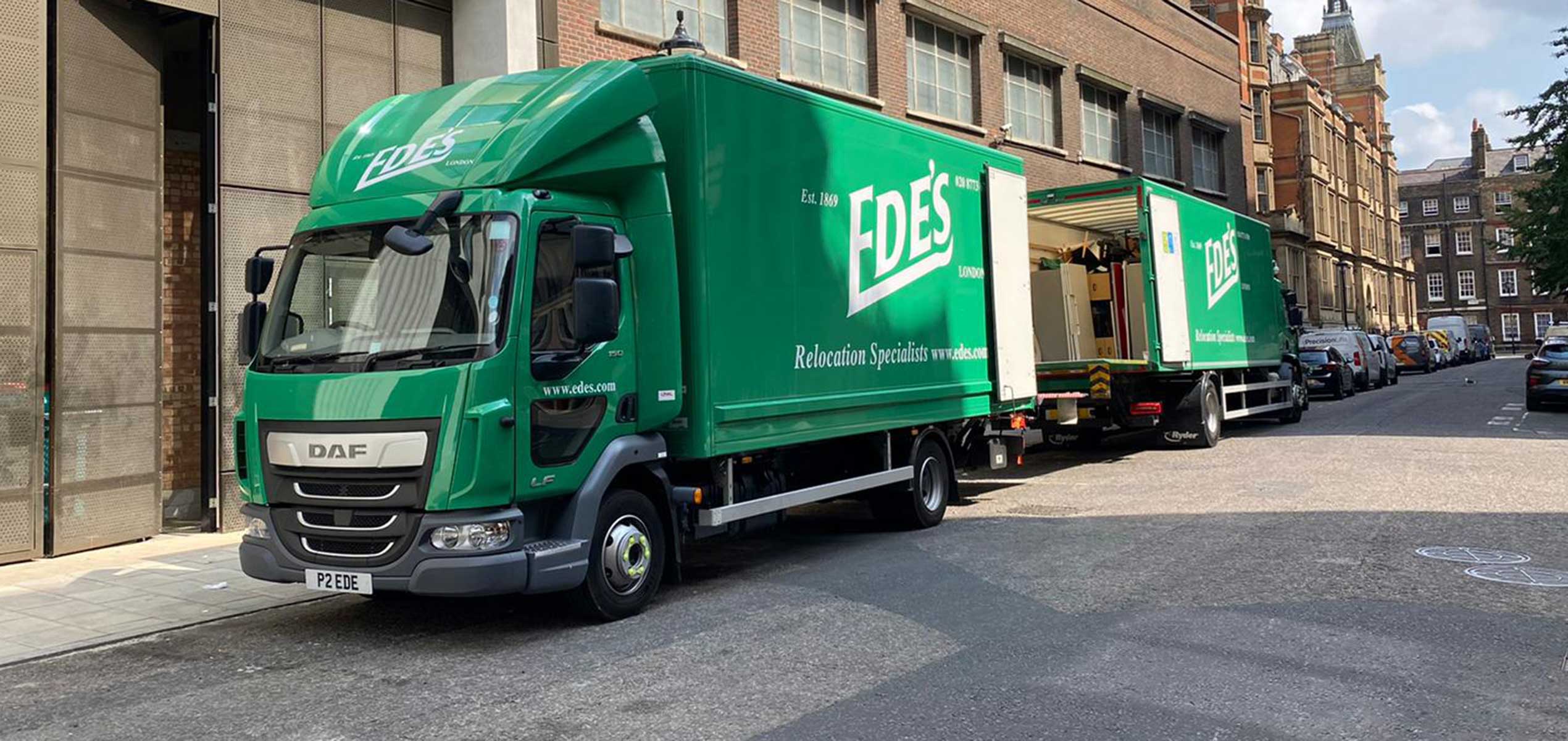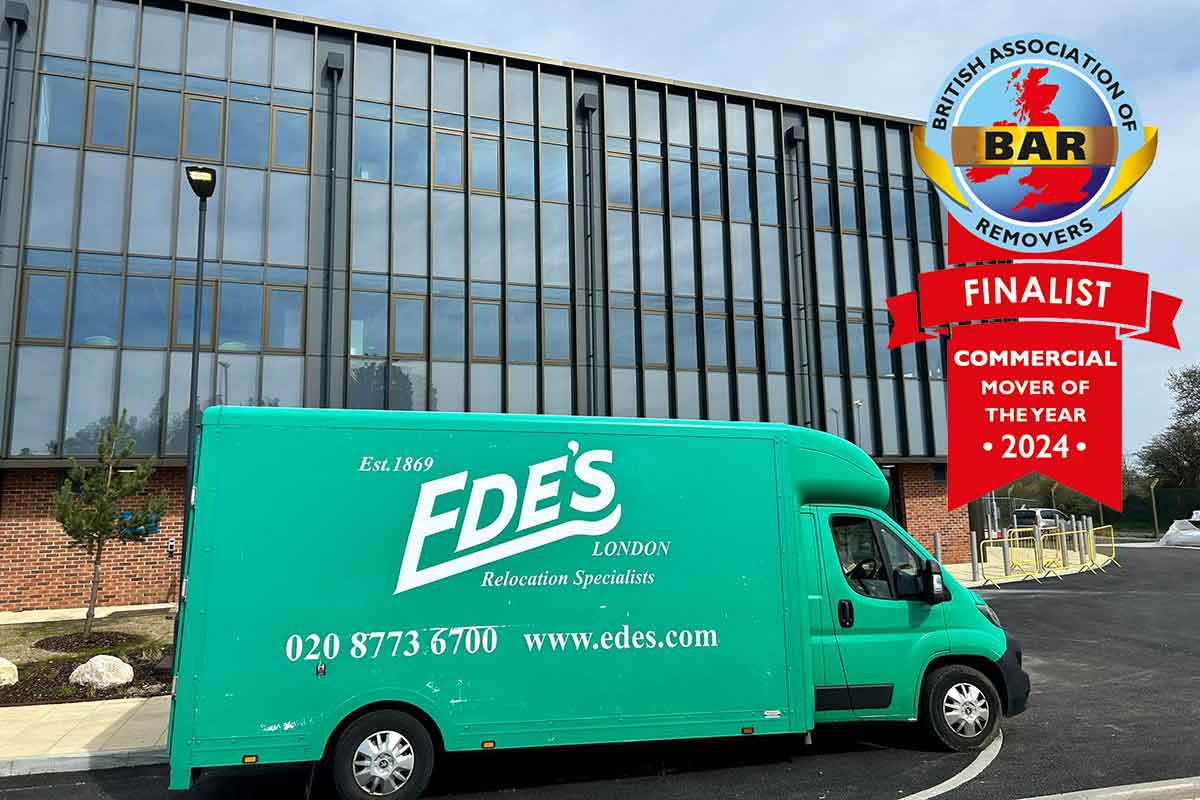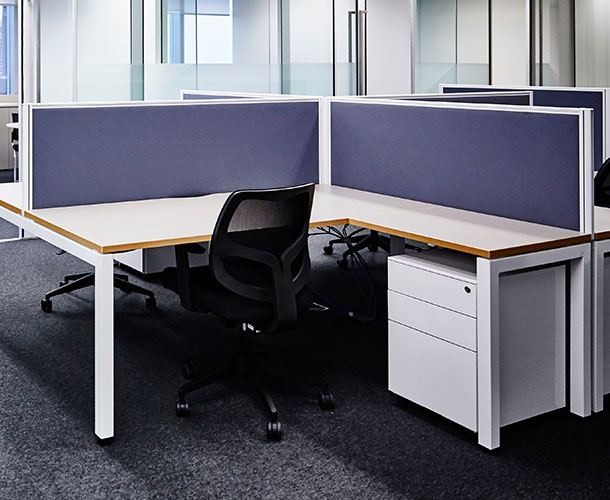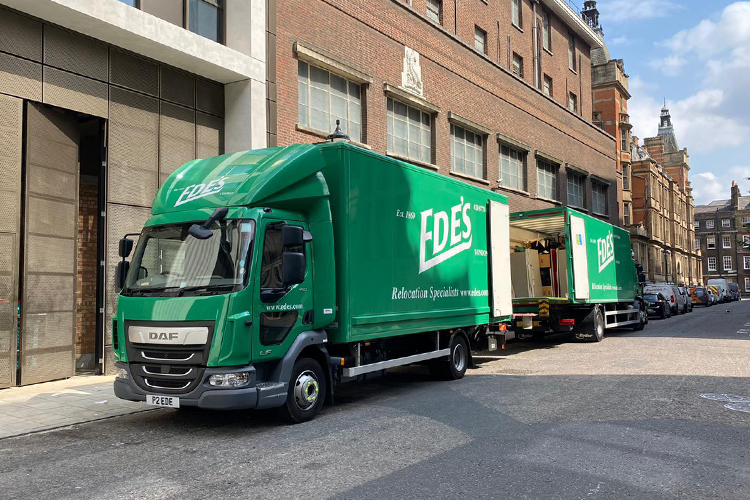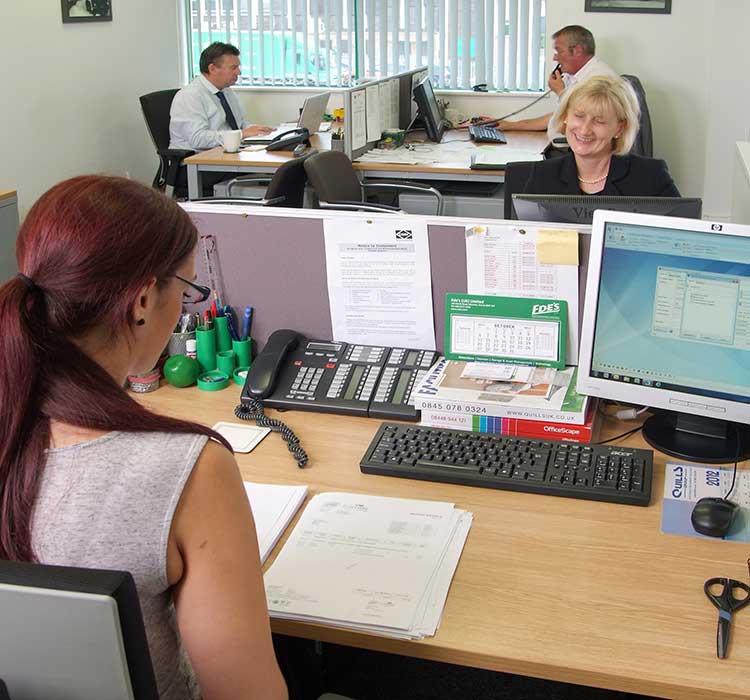Business and office relocations are becoming increasingly common as companies expand, merge or optimise their workplace environments. While the long-term benefits of a successful office move are numerous, the potential for short-term disruption and downtime can be concerning to business owners. It is essential, therefore, to plan effectively and seek the assistance of experienced professionals like Ede’s to navigate this complex process. Specialising in Commercial Removals, Business Storage, and IT Services, Ede’s has an unrivalled track record of success, spanning over 150 years across the UK.
This comprehensive guide will explore a range of strategies and best practices for minimising downtime during your office move. As we discuss topics such as communication, asset management, phased relocation, and expert collaboration, our aim is to equip you with the knowledge and tools necessary to ensure business continuity and efficiency even during an office move. By partnering with a trusted and experienced provider like Ede’s for your business relocation, you can confidently proceed, knowing that your organisation is in expert hands and that disruption will be kept to a minimum.
Reducing Downtime During an Office Move
Effective Communication and Coordination
Clear and consistent communication is the foundation of ensuring minimal disruption during your office relocation:
1. Inform Stakeholders: Keep all relevant stakeholders, including employees, suppliers and clients, well-informed and updated on the relocation plans and timelines. This ensures transparency and fosters cooperation throughout the moving process.
2. Designate a Move Coordinator: Assign a dedicated coordinator to manage and oversee the relocation project, acting as the central point of contact and ensuring efficient communication between all parties involved.
3. Develop a Clear Schedule: Work in conjunction with your relocation provider, such as Ede’s, to devise a comprehensive timeline detailing every aspect of the moving process, from planning to settling in at the new space.
Asset Management and Tracking
Proper management and tracking of business assets are critical in reducing downtime during an office move:
1. Conduct an Inventory Audit: Prior to the move, compile a detailed inventory of your company’s assets, enabling you to identify any missing items and ensuring that nothing is overlooked during the relocation process.
2. Implement an Asset Tracking System: Coordinate with your relocation partner to establish a robust asset tracking system. This will allow for efficient and accurate tracking of assets during transit, ensuring that everything arrives safely at the new office location.
3. Label and Categorise Assets: Systematically label and categorise items, such as office equipment, IT hardware and furniture, for easier identification, accurate placement, and efficient reassembly at the new office space.
Phased Relocation Approach
A phased approach to moving your office can significantly minimise downtime and maintain business operations:
1. Staggered Move: Break down the relocation process into multiple phases, moving different departments or sections of the company at different times. This ensures that business operations continue in some form throughout the move, reducing downtime and lost productivity.
2. Create a Temporary Workspace: Establish a temporary workspace with essential equipment and resources during the move. This allows key personnel and teams to continue working on critical tasks without significant interruption.
3. Hot-Desking and Remote Working: Encourage hot-desking and remote working arrangements to ensure business continuity, particularly for staff members whose roles can be performed outside the office environment.
Collaboration with Expert Relocation Providers
Working closely with an experienced commercial relocation provider like Ede’s is essential to minimise downtime during your office move:
1. Comprehensive Relocation Planning: Tap into the wealth of experience and knowledge that relocation experts offer, ensuring a comprehensive, meticulously planned moving process tailored to your organisation’s specific requirements.
2. IT Relocation Expertise: Collaborate with your relocation partner to create a detailed IT relocation strategy that addresses the transfer, setup, and testing of all critical systems and infrastructure, ensuring minimal downtime for your technology-dependent operations.
3. On-Site Assistance and Post-Move Support: Capitalise on the expertise and support provided by your relocation provider during the move itself and in the weeks following the relocation. This can include troubleshooting, training, equipment installation, and any required adjustments, ensuring a smooth transition to your new office space.
Conclusion
Minimising downtime during an office move is a crucial factor in achieving a successful move that preserves business productivity and continuity. By focusing on strategies such as
effective communication, asset management, phased relocation, and collaboration with expert business relocation providers like Ede’s, you can effectively reduce downtime during this complex process. Trust the expertise of Ede’s to guide, support, and execute your office move, ensuring seamless, efficient transitions that optimise business performance even in the face of significant change.
Ede’s specialise in moving businesses including shops, warehouses, and office moves.


